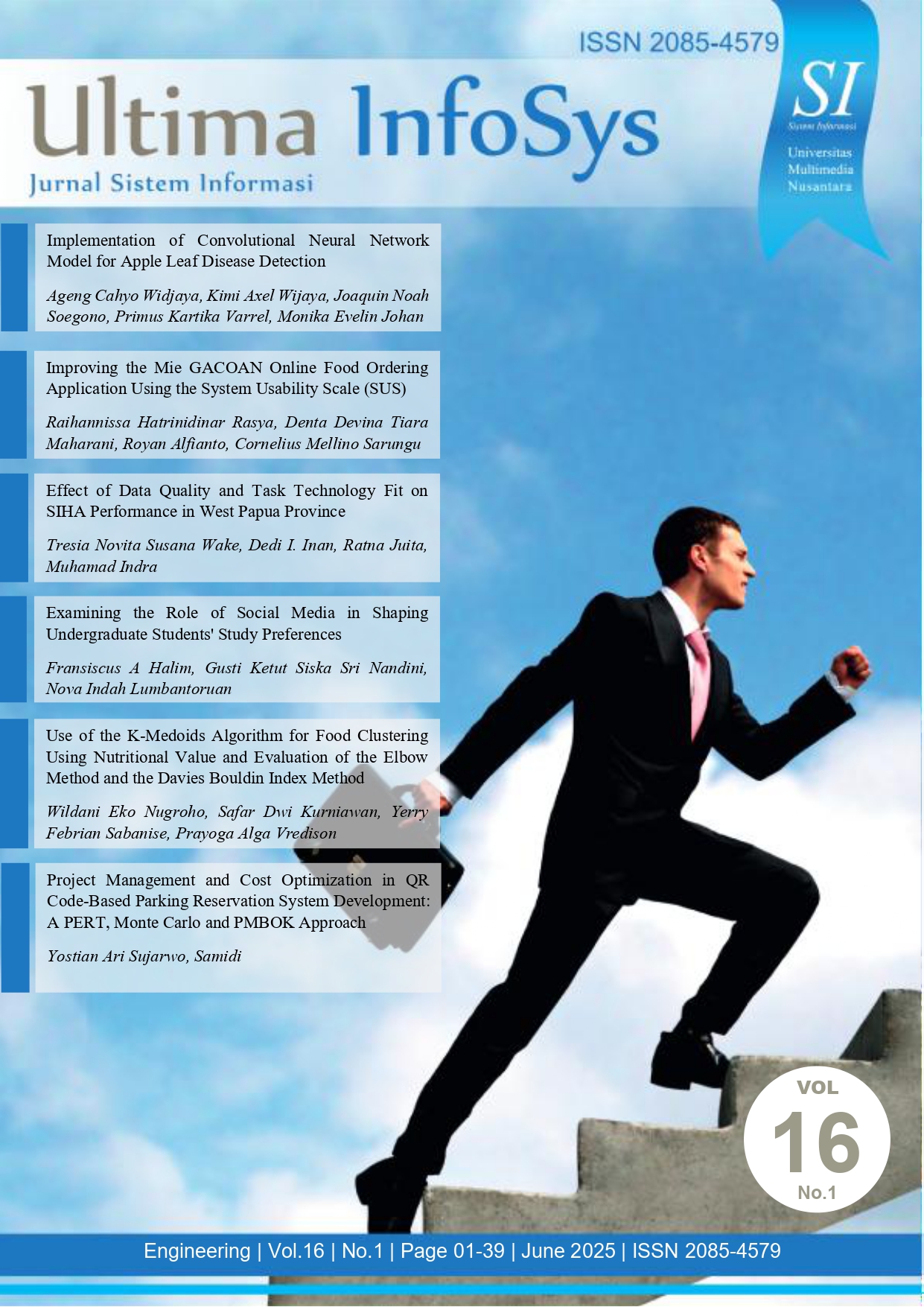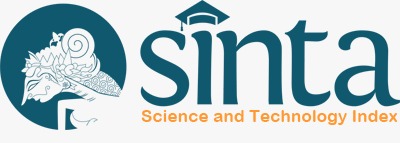Improving the Mie GACOAN Online Food Ordering Application Using the System Usability Scale (SUS)
DOI:
https://doi.org/10.31937/si.v16i1.4132Abstract
Improvement of the online food ordering application through the System Usability Scale (SUS) method to enhance user satisfaction and streamline the ordering process. Driven by the rapid expansion of online food ordering in Indonesia, this study aims to address long queues and improve customer convenience through optimized digital solutions. Current challenges include delayed ordering processes and limitations in existing application features, such as navigation issues, unclear language, and limited ordering options for dine-in, takeaway, and delivery. The research employs a mixed-methods approach, combining survey and interview data with competitive analysis, to identify critical areas for enhancement. Design improvements focus on user interface (UI) and user experience (UX) to simplify navigation, optimize payment processes, and make language more user-friendly. Initial usability tests resulted in a SUS score of 48, categorizing the application as "poor." After iterative improvements based on Agile Development, the score rose to 70, indicating an "acceptable" level of usability. This research highlights the importance of continuous UI/UX refinement to meet consumer expectations, with recommendations for ongoing updates and professional design involvement to maintain and enhance app performance. Findings suggest that improving usability and functionality can significantly elevate customer satisfaction, positioning online food ordering competitively within the digital food service sector.
Downloads
Downloads
Published
How to Cite
Issue
Section
License
Copyright (c) 2025 Cornelius Mellino Sarungu

This work is licensed under a Creative Commons Attribution-ShareAlike 4.0 International License.
Authors retain copyright and grant the journal right of first publication with the work simultaneously licensed under a Creative Commons Attribution-ShareAlike International License (CC-BY-SA 4.0) that allows others to share the work with an acknowledgement of the work's authorship and initial publication in this journal.
Authors are able to enter into separate, additional contractual arrangements for the non-exclusive distribution of the journal's published version of the work (e.g., post it to an institutional repository or publish it in a book), with an acknowledgement of its initial publication in this journal.
Copyright without Restrictions
The journal allows the author(s) to hold the copyright without restrictions and will retain publishing rights without restrictions.
The submitted papers are assumed to contain no proprietary material unprotected by patent or patent application; responsibility for technical content and for protection of proprietary material rests solely with the author(s) and their organizations and is not the responsibility of the ULTIMA InfoSys or its Editorial Staff. The main (first/corresponding) author is responsible for ensuring that the article has been seen and approved by all the other authors. It is the responsibility of the author to obtain all necessary copyright release permissions for the use of any copyrighted materials in the manuscript prior to the submission.















